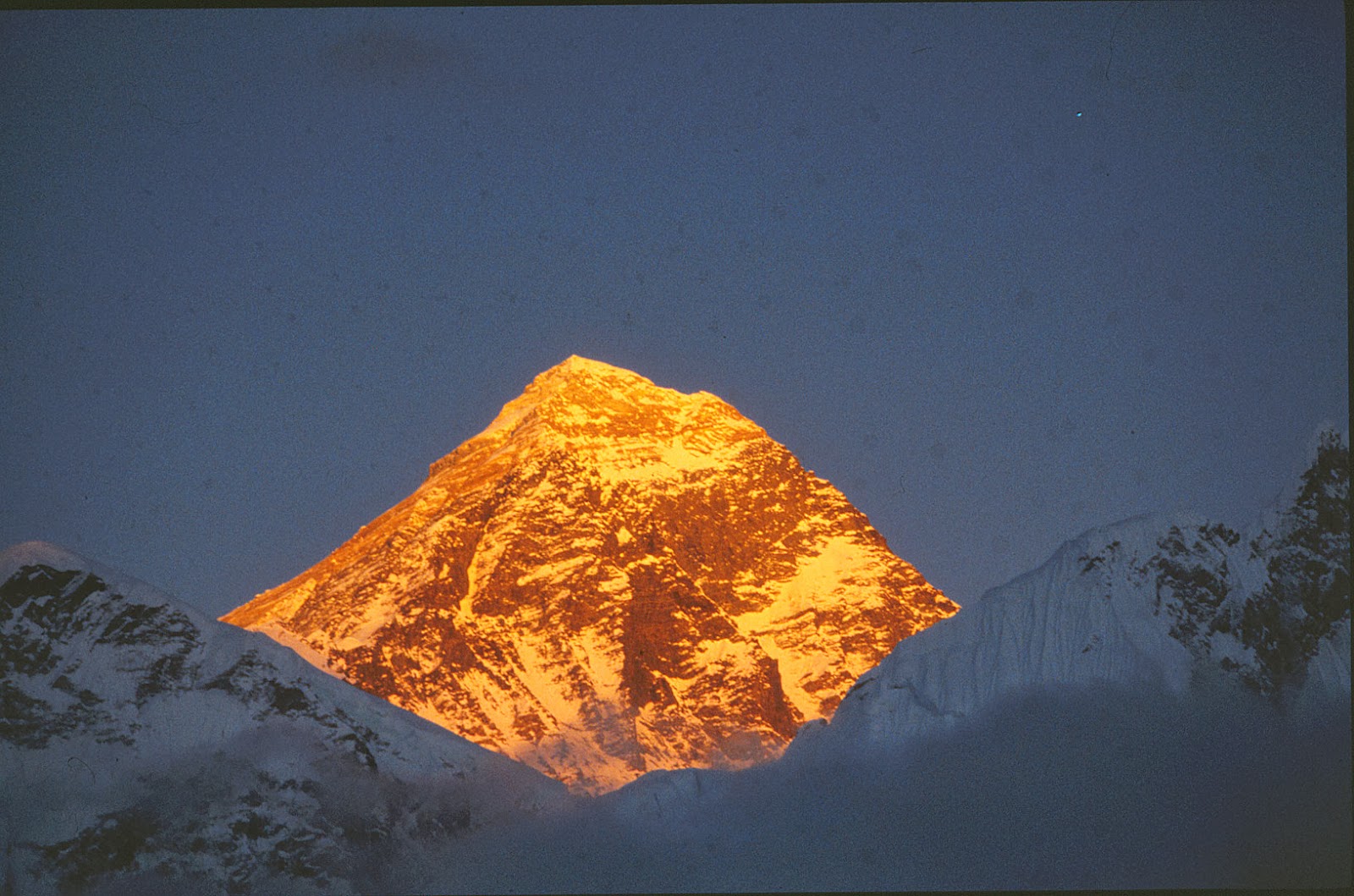The Peaceful Punakha Valley ©Solange Hando
Just two hours from Thimphu the capital, over the spectacular Dochu La pass, Punakha greets you with exotic flowers and trees, rice terraces and birds twittering in feathery blue pines.
At just over 1200 metres, it's a semi-tropical valley, a great place to relax for any visitor to western Bhutan, with a choice of accommodation in traditional style ranging from budget to the luxurious Aman resort.
Punakha Dzong, Western Bhutan ©Solange Hando
Even the monks from Thimphu come here for the winter, drawn by the pleasant climate and the most important dzong in the country, home to stunning religious festivals.
Dzongs are fortified monasteries typical of Bhutan, with whitewashed walls and gilded roofs. This one rises at the confluence of two rivers, offering protection, it is hoped, against evil spirits and likely floods. The covered bridge leads to a maze of shrines and temples where myriad deities painted in bright colours adorn the walls.
Village Trek around Punakha ©Solange Hando
The Punakha valley is a trekkers' paradise, whether you opt for a day's easy ramble through villages and paddies or the six day hike from Shong Pang to Chung Soka, reaching an altitude of 3490 metres.
Rhododendrons bloom in the spring and there are pine and oak forests, remote farms and hamlets, snowy peaks peeping here and there on the horizon, and possibly a black bear or two...
Namgyel Chorten near Punakha ©Solange Hando
Attractions close to town include the hilltop Namgyel chorten with superb views over the valley and the 'infamous' temple of the Divine Madman where in exchange for a small donation, you may be blessed with a wooden phallus, but beware... This is the 'fertility temple'.















































